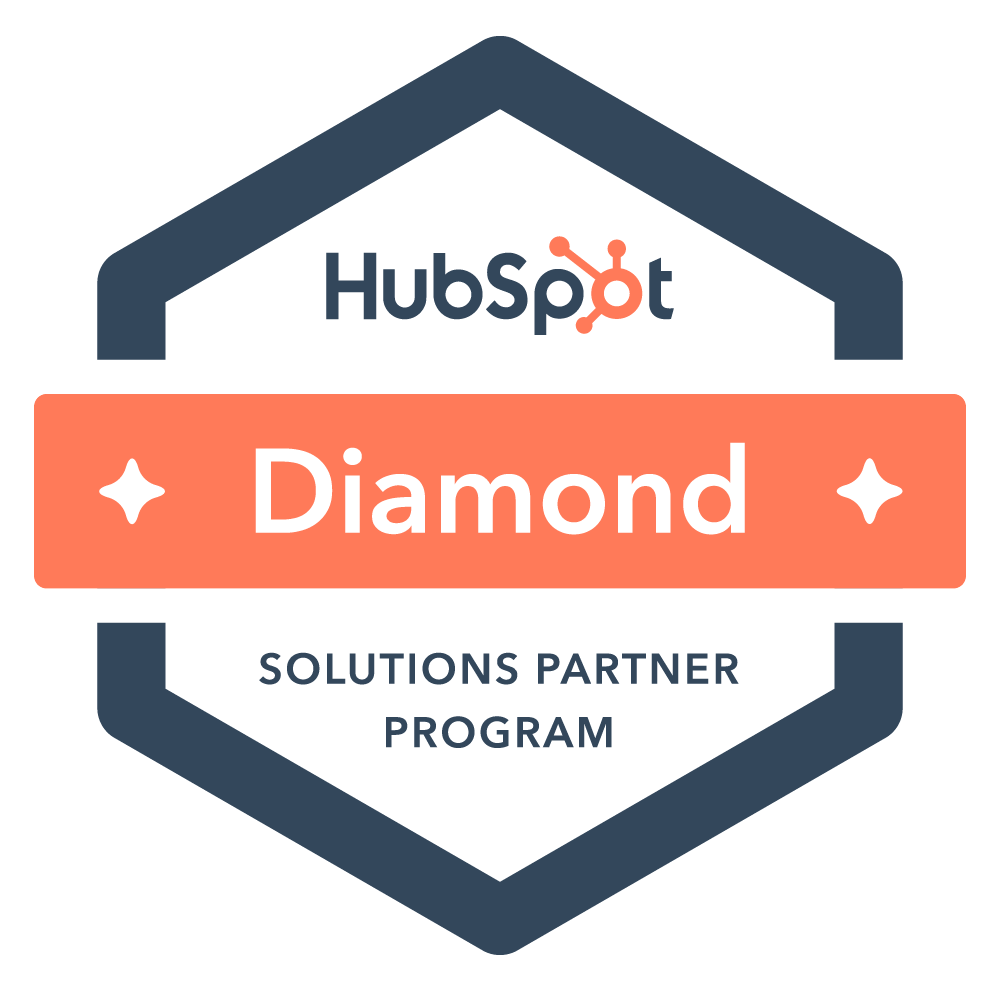Why Email Marketing is Getting Harder


Everyone knows that they need an email marketing program for their company. The advantages are clear. You can keep in touch with your customers and prospects, share great content with them, and stay on their mind should they show interest in your company.
But the rules are changing around email marketing. There are a growing number of services that provide great value to consumers and should serve as a wake-up call for marketers. Quality matters more than ever.
Gmail: Gmail introduced its tabbed inbox in 2013, and has continued to improve upon it this year. If you’re sending a marketing email out, you’re automatically placed into the “promotions” tab.
Mailchimp analyzed their open rates over 25 weeks after the change and saw a 1.5% reduction in opens from Gmail. The average open rate before the change was at 18%, so that’s a pretty significant drop.
Gmail is doing this to create a better user experience. And on that front, it works. We all hate getting a ton of newsletters from other companies. Yet somehow when we’re the ones sending out newsletters, we think the rules don’t apply.
Maybe this is why Gary Vaynerchuk said “Marketers ruin everything.” He might be onto something.
Google’s Inbox: Aside from Gmail, Google recently launched a new email program called Inbox. It takes email organization a step further than email tabs, and instead rolls them up into one item. You now get an item that just says “Promotions- 10 items.” Not too many people are going to care enough to dig into that to see what could be in there.
This product is still in beta testing, but it’s worth noticing. One of the largest email providers has taken this stance on marketing emails. Also remember that many large companies power their email systems with Google apps, a white label version of Gmail.
Unroll.me: This service launched and gained popularity by allowing people to brag about how many newsletters they unsubscribed from. You give it access to your inbox and let it analyze your emails. Then it gives you a checklist of newsletters you can unsubscribe from.
It announced its 2013 awards here, which showed the top offenders and who had the most subscribed-to updates. Social networks all took the cake for most subscribed emails. Is it any wonder that the most personalized emails performed so strongly?
So what are you as a marketer to do about this? Let’s look at some options.
Step Up Your Game
I’m not kidding. Make your newsletters better. People have more tools and incentives to unsubscribe now than ever before. That means that you need to really understand who’s on your newsletter and what they care about.
Have you ever talked to the people on your newsletter list? As in a real, live voice conversation? This is something important that a lot of people overlook. When you’re struggling to figure out what people on your newsletter list care about, you should start by asking them.
Invest in quality content
Think about your newsletter list as the main audience for anything you put on your blog. Every time you send out a new article, you give your subscribers the opportunity to love you more or to leave you forever. Before putting out something irrelevant or unhelpful, consider whether it’s worth the reputation risk and the unsubscribes that could follow. As Rand Fishkin says, there’s no reward for hitting “publish” on a post. Sending emails out on a schedule is admirable, but it's not the ultimate goal. Your newsletter list is a collection of relationships, and you need to treat it like one. Jeopardizing that with sub-par content just isn’t worth it.
Be smart about Segmenting
Everyone on your newsletter isn’t the same. They won’t care about the same things. So look for ways to segment your list so you can provide more relevant content to everyone on it. Remember how the most popular emails are from social networks? Every social network sends out emails that are personalized for the person receiving them. The more you can move to personalized or relevant emails, the better off you’ll be.
Typically, you’ll want your segments to resemble your personas, at least at first. As you move on, you may begin to find that certain topics are appealing to different groups. From there you can use that information to create even more customized content. Your subscribers will thank you by looking forward to your emails and maybe even sharing them.
A Call to Action
We can’t forget that when we’re acting as consumers, we love these time-saving tools. Who doesn’t feel like they’re signed up for too many newsletters? Yet when we’re acting as marketers, we see them as threats. If your subscribers are genuinely interested in what you send them, then you have nothing to worry about. If you’re worried about whether that’s the case, view this as an opportunity to improve on what you’re doing. Careful consideration can ensure that your newsletter lists continue to grow.
It's almost 2015. Do you know what you want to achieve with your marketing efforts next year? Download our free SMART Marketing Goals Template to help you set achievable goals for your company.






